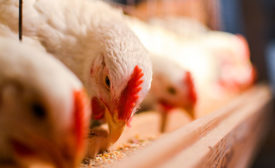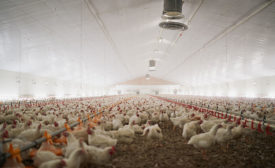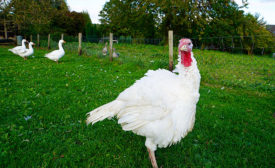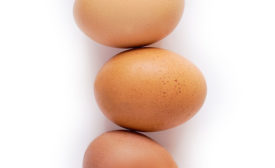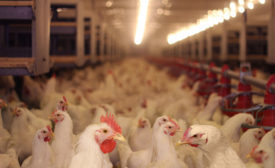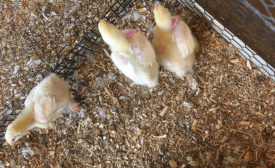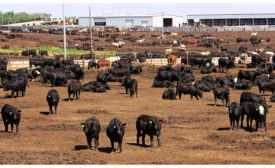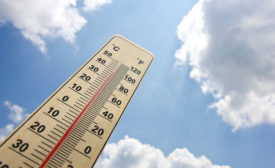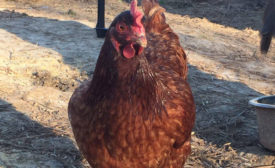Brooke Bartz
Brooke Bartz is a graduate student obtaining her PhD of Poultry Science degree at North Carolina State University. For more information, contact her at brookebartz13@gmail.com.
ARTICLES
Get our new eMagazine delivered to your inbox every month.
Stay in the know with The National Provisioner's comprehensive coverage of the meat and poultry processing industry.
SUBSCRIBE TODAY!Copyright ©2024. All Rights Reserved BNP Media.
Design, CMS, Hosting & Web Development :: ePublishing

